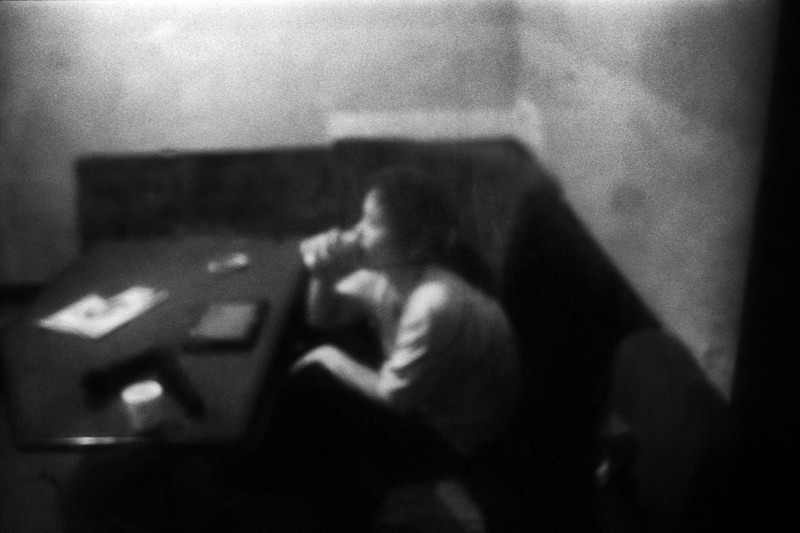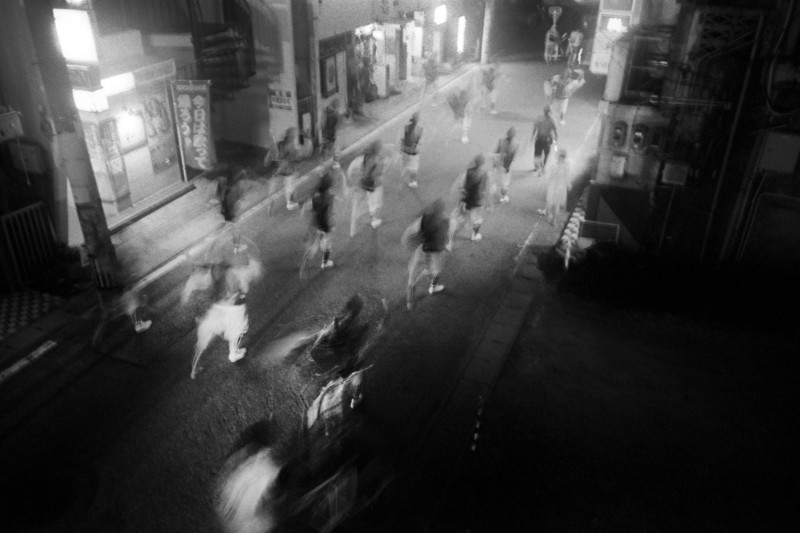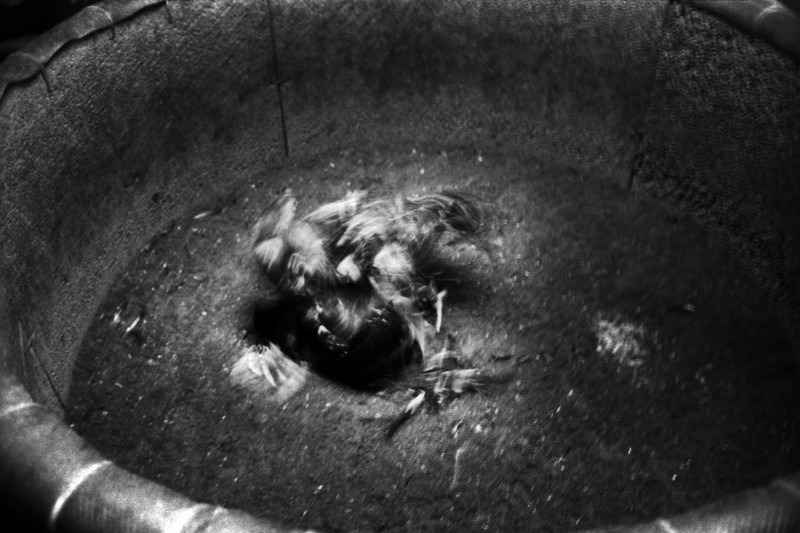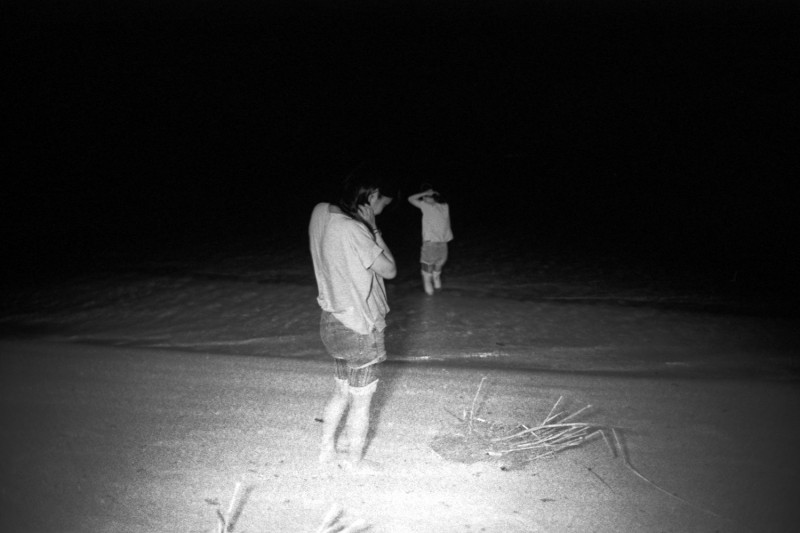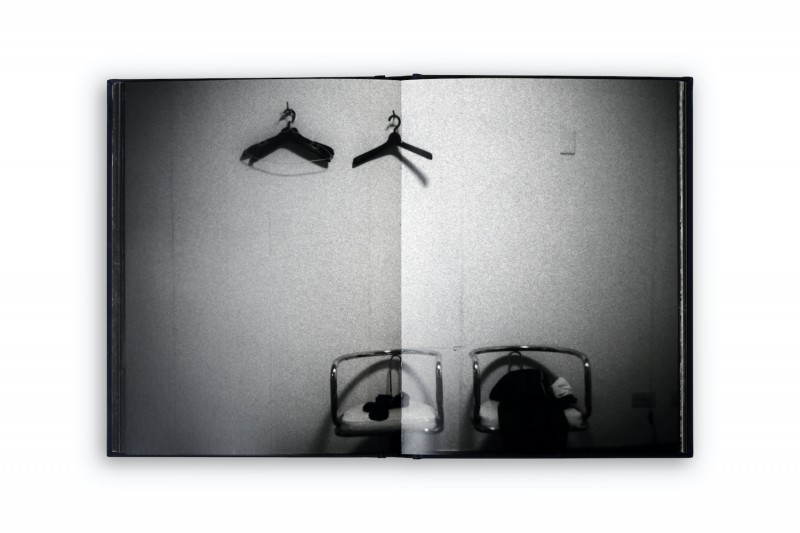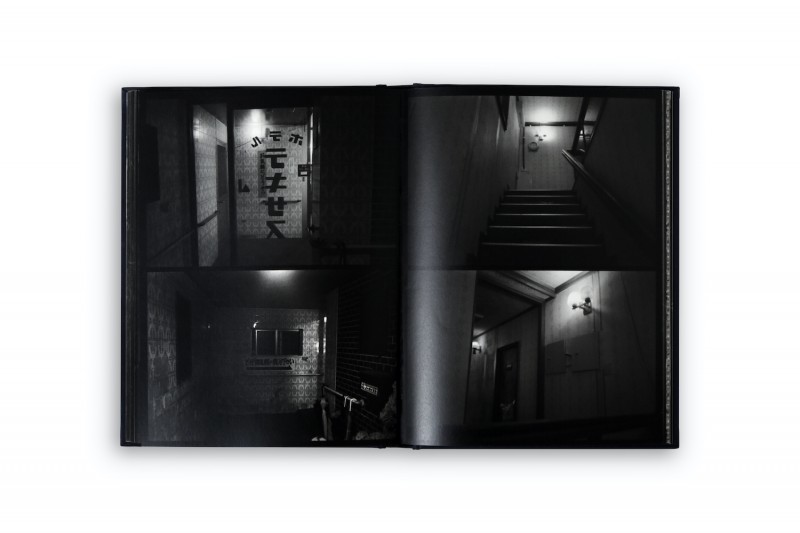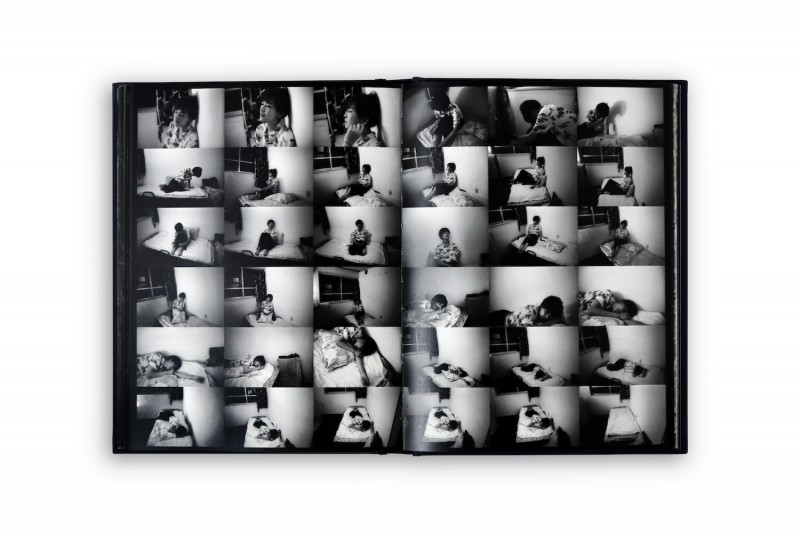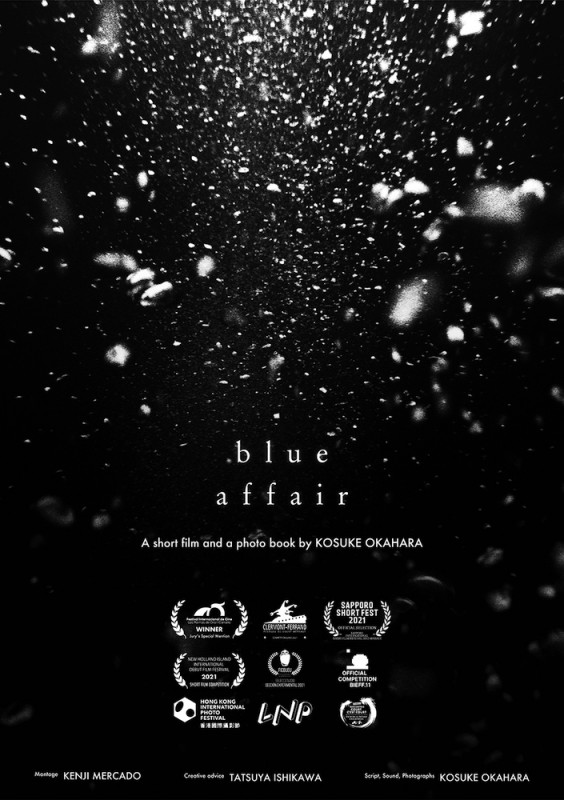Blue Affair
Blue Affair
Kosuke Okahara
February 7, 2022
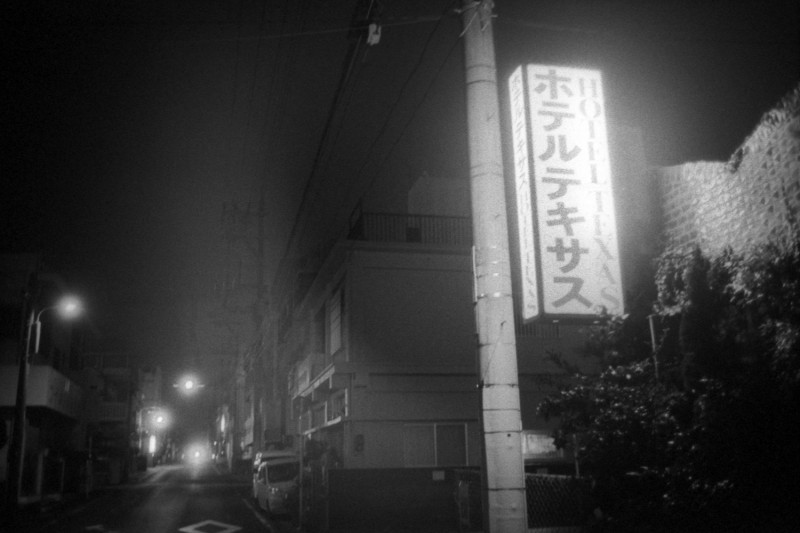
LFI: What is 'blue affair' about?
Kosuke Okahara: This work is about dreams from the time I spent in Koza. I visited the town by chance after an assignment in 2017. I met some people at a makeshift bar in a tiny alley. I was somehow attracted to people I met in the town, so I started taking pictures of them and of the town itself. I met very interesting people in Koza and had quite intense experiences which confused me, because they are kind but harsh, and act in a somewhat contradictory manner. I found they are really raw but, on the other hand, very human.
Soon after coming back from Koza, those encounters started appearing in my dreams, which made me want to go back to the town. So, I did – many times. After spending three years photographing there, I wasn’t even considering that this was “a project“, because I simply wanted to go and see people and take pictures. I didn’t really have an aim like other projects I've done before. All those times I spent in the town were like dream-like experiences, and the pictures were like memories from my dreams, though they were real.
And then you decided to do a video piece about this project…
It all came about naturally. The dreams I had were not fixed images, but moving images, so I felt this work should be a video piece rather than being shown as still images – even though what I have are only still images. In this work I merge the reality (the pictures I took) with my dreams, which are based on my experience while shooting in this town. In any case, video/film is formed by many seconds of moving images, made up of 24 still images per second. It is also said that dreams could be a collection of still images that are edited by our brain, trying to make sense out of our scattered memories. That’s why we sometimes have strange dreams, which don't make sense. So to me, it felt natural to use still images in a video/film form, in order to express the dreams I had.
After making the film, 'blue affair' also became a photo book. How did that come about?
As I wanted to recreate the form of a dream, a video/film was the original version (because, just like dreams, it doesn’t stay physically when you finish watching it), but a book is something to dissect this dream, so that you can go back to the dream world by flipping the pages in reverse (if you want), to actually see how it is that we often struggle when we want to remember a dream after waking up. So I have a film, and a book that are identical, but the aim of two mediums are a little different.
The film has already been nominated in seven short film festivals and has won two awards. What do you think about this success?
There are so many other amazing works that are much more successful, so I'm not calling the result of these nominations a success; but one of the most rewarding things of making blue affair was that I could have discussions with people in the world of film.
When I attended various film festivals, some people asked me about the influence of La Jetée by Chris Marker. Indeed, I watched La Jetée probably more than 100 times; but it is still a fictional film. So, even though my work is also made up of still images, the conceptualization is totally different.
So I explained how blue affair was made, including motivation, process, etc… In the course of the talks, some people told me my photographs are quite cinematographic, which I was actually told before by curators and fellow photographers. At that time I didn’t even think about it, but maybe that’s how my photography was shaped. So all those realizations I was able to have after conversing with film people were precious, and led me to understand more about my own photography.
Kosuke Okahara+-
The photographer is a winner of the W. Eugene Smith Fellowship, Getty grants, and the Pierre&Alexandra Boulat Grant. His series Almost Paradise was exhibited at the 100 years Leica photography shows. In 2021, he made blue affair, a video/film made up exclusively of still images. The work was nominated for the Clermont-Ferrand International Short Film Festival, the world’s biggest short film festival. The same work won the Jury’s Special Mention at the Las Palmas International Film Festival, and Best Contemporary Experimental Short Award at the Sapporo International Short Film Festival. Okahara also makes art books: his 100×70cm gigantic photo art book and 10m scroll book were shown as part of the PHOTOBOOK – Art Page by Page exhibition at Leipzig’s Grassi Museum. Okahara is represented by the POLKA gallery in Paris and the Only Photography gallery in Berlin. More

